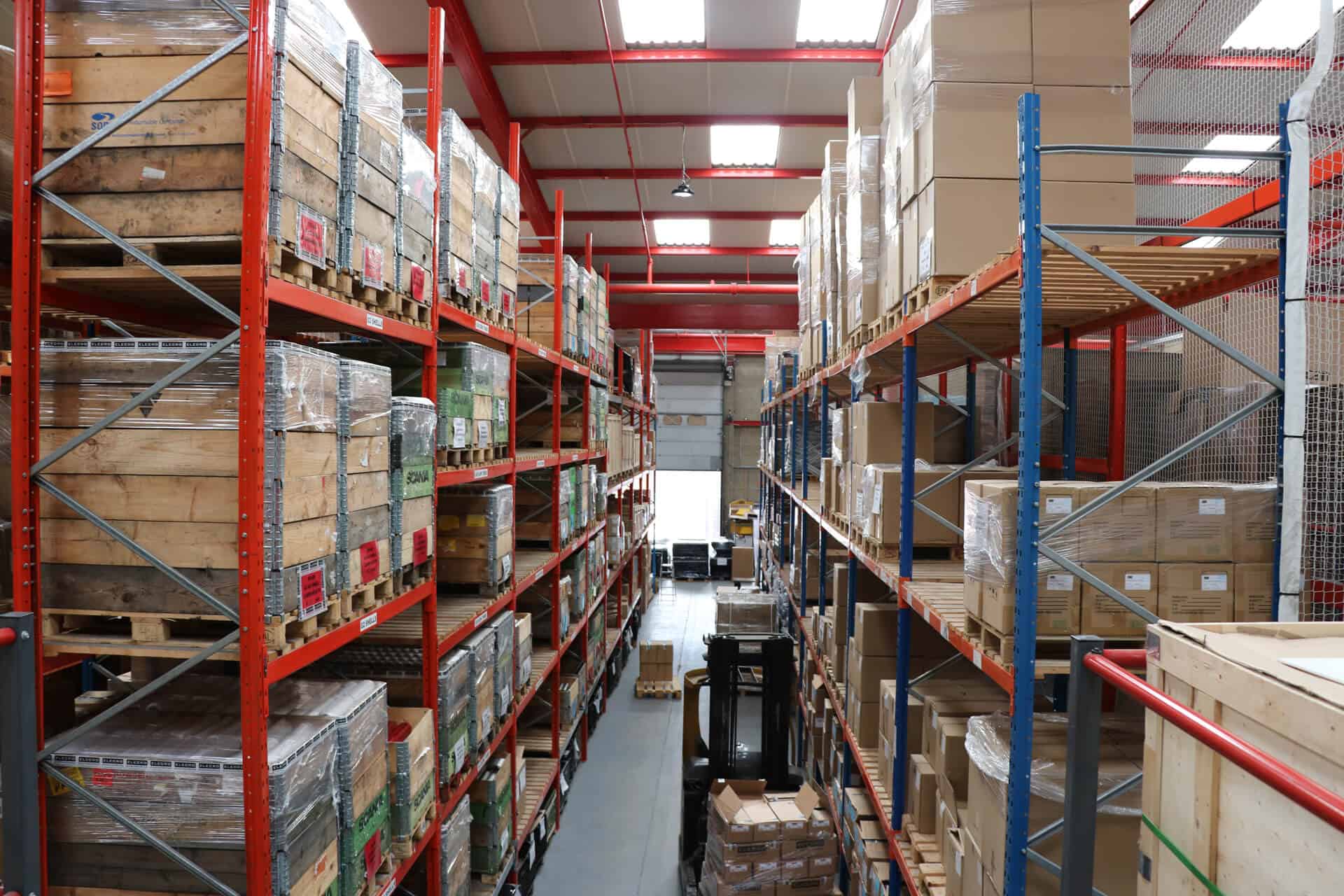Sage 50 Manufacturing with sage 50 accounts and migrating to cloud hosting
Sage UK now markets Sage 50 Accounts as Sage 50C (cloud) and on the face of it that sounds ideal for customers who want to join the Cloud revolution, retire their on-premise server and use the Cloud space included with the monthly subscription charges for Sage 50C Accounts.
Beware, Sage Manufacturing users won’t be able to use Sage cloud hosting
If you are a user of Sage Manufacturing (BOM, Batch Controller, Manufacturing Controller), Sage UK are not planning on taking you with them to the Sage cloud nirvana unless you migrate (often ill described as upgrade) from Sage 50c to Sage 200c which does contain a manufacturing module (which was actually based on Sage 50 Manufacturing at its inception some 10+ years ago) and is available as a cloud solution.
Whilst both solutions are Sage authored moving from Sage 50 to Sage 200 is not an upgrade to something bigger and hopefully better – it is a migration.
Why Moving to Sage 200 is a migration and not a true upgrade
Upgrading software is the process of replacing a product with a newer version of the same product. In computing and consumer electronics an upgrade is generally a replacement of hardware, software or firmware with a newer or better version, in order to bring the system up to date or to improve its characteristics.
A migration involves moving a set of instructions or programs, e.g., PLC (programmable logic controller) programs, from one platform to another, minimising reengineering. Migration of systems can also involve downtime, while the old system is replaced with a new one.
The increase of the number value alone from 50 to 200 does not necessarily mean that Sage 200 will provide the right migration path for your business. Sage 50 and Sage 200 look and feel quite different so there will be a learning curve and data will need to be moved from one platform to the other as with any migration project to an alternative MRP or ERP solution that will better serve your business needs to include: bar code data collection, accurate stock control, CRM, excellent intuitive reporting, full Manufacturing Requirements Planning, remote working, service management and of course excellent accounting.
That will leave businesses considering whether a move to the Cloud is worth the expense and interruption to business as usual?
Key reasons for migrating to cloud based ERP
We need to consider some of the key reasons why businesses contemplate or decide to migrate to a cloud-based ERP SaaS solution (software as a service)
Software-as-a-Service (SaaS)
- No server hardware (purchase or maintain)
- Fast start up Takes time, personnel and equipment for set up
- Subscription model – lower commitment Long term planning – strong commitment
- Rapid deployment of upgrades without consultancy fees
- Monitored network and server security
- Off-site backup facilities
On-premises software (e.g. Sage 50 + Sage Manufacturing)
- Purchase and maintain server hardware
- Monthly fees Large upfront costs
- Slower, costly upgrades
- Requires additional time and software for security
- Tape/CD/DVD backup or additional services
For those businesses who run legacy software such as Sage Manufacturing and want to futureproof their systems a migration will be inevitable. There is not development roadmap for Sage Manufacturing and its deployment is dependent on compatibility with Sage 50C Accounts which is currently provided by a service pack from Sage UK.
Qi has been a business partner for Sage Accounts and Manufacturing for over 20 years. We have been an ERP Microsoft partner for 17 of those 20 years and until 4 year’s ago we were a business partner for Sage 200.
Our experience in seamlessly and painlessly migrating our manufacturing customers from Sage 50 Manufacturing to Dynamics 365 Business Central is extensive. We migrate all your data not just some of it and disturb your staff minimally as we prepare for and deliver the migration to an ERP that is cost effective, highly functional and whose roadmap for development at Microsoft is not only clear but impressive.
Please get in touch with us for an initial, informal discussion if you would like to share your wider business IT strategy with us.
Thought for the Day
A typical Sage 50 Accounts + Manufacturing migration to Dynamics 365 Business Central SaaS takes less than 8 weeks from planning to Go Live with approximately 4 days of training delivered via a hybrid on-site, remote model to guarantee best delegate learning and minimal disruption. A Dynamics 365 Business Central solution hosted on Azure for more industry specific requirements can take only a few days more.And as a further thought for the day – we withdrew from offering Sage 200 to our manufacturing customers 8 years ago in favour of partnering with Microsoft ERP based on the functionality, roadmap for development and user experience. A Microsoft ERP is no longer only for organisations with large user numbers. Dynamics 365 Business Central scales from a single user to wherever you need to be.

